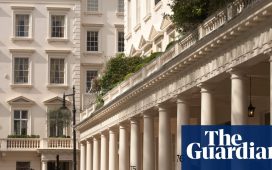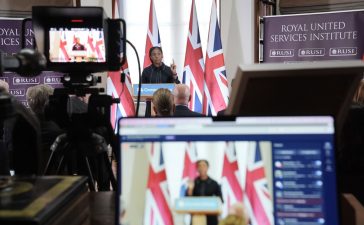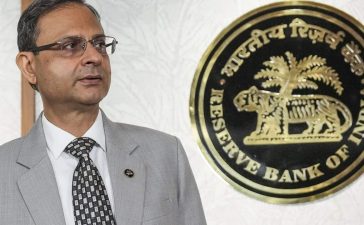Unlock the Editor’s Digest for free
Roula Khalaf, Editor of the FT, selects her favourite stories in this weekly newsletter.
The BT Tower in London will be sold for the first time in a £275mn deal as a US hotel investor seeks the latest ultra-luxury hotel conversion of a British trophy asset.
The Grade II-listed building, which was opened as the Post Office Tower in 1965 by then prime minister Harold Wilson, would be retained “as an iconic hotel, securing its place as a London landmark for the future”, said BT.
The tower was handed over to BT after the company was privatised in 1984, but has never changed ownership on the open market.
MCR, a US-based hotel owner and operator with a $5bn portfolio of independent and branded hotels including the TWA, Sheraton Times Square and Lexington hotels in New York, will gradually take over the building as BT moves out. The completion of the purchase could take up to six years.
“We will take our time to carefully develop proposals that respect the London landmark’s rich history and open the building for everyone to enjoy,” said Tyler Morse, MCR chief executive.
The BT Tower is one of the global interchange points for relaying television signals to broadcasters, which BT said it had already started migrating on to a cloud-based platform. The network operations once provided by the tower have moved elsewhere.
Paolo Pescatore, founder and TMT analyst at PP Foresight, said the sale of the tower showed BT’s focus on “cutting costs and driving efficiencies”.
MCR will work with London architecture practice Heatherwick Studio on the redesign of the tower. Morse compared the project to the repurposing of the TWA Flight Center, a disused 1960s terminal at JFK airport in New York, as a hotel that opened in 2019.
The deal, which came about after the hotel group approached BT with an offer, is not conditional on MCR securing planning approvals to convert the protected historic building, meaning the redevelopment will be fraught with risk for the hotel group.
“It is so difficult to know if that is a good price or not, because it is a unique proposition,” said a person close to the deal. “It is effectively a city block in London, so there is a lot of value to that.”
The developers will probably seek to make better use of the land around the base of the building, and the tower itself.
The conversion of BT Tower would mark the latest bid to transform a historic London building into a top-end hotel. Raffles London, inside the Old War Office, opened last autumn with room rates starting from more than £1,100 per night. The building in Whitehall was bought by Hinduja Group for £350mn in 2016 and underwent a six-year £1.4bn renovation.
Battersea Power Station also reopened in 2022 after a £9bn renovation of the 42-acre site to include a hotel, residential and office blocks and upmarket retail space.

The sale of the tower is part of BT’s efforts to simplify its property portfolio. It is in the process of reducing the number of offices in its estate from more than 300 to about 30. In 2019, BT sold its former headquarters for £210mn and in 2021 moved into a new HQ in Aldgate.
The company is undertaking a cost-cutting programme that it said in November had delivered £2.5bn in gross annualised savings, against its £3bn target.
BT Tower was completed in 1964 at a cost of £9mn. Its location was then classed as an official secret, and was confirmed in parliament only in 1993. It was given Grade II listed status in 2003.
It is known for the display board that wraps around it near the top, and is 189 metres tall including its aerial rigging. It was the tallest building in London until it was surpassed by the NatWest Tower in 1980.
Addleshaw Goddard advised BT, while Herbert Smith Freehills counselled the buyer.
Additional reporting by Jonathan Wheatley










